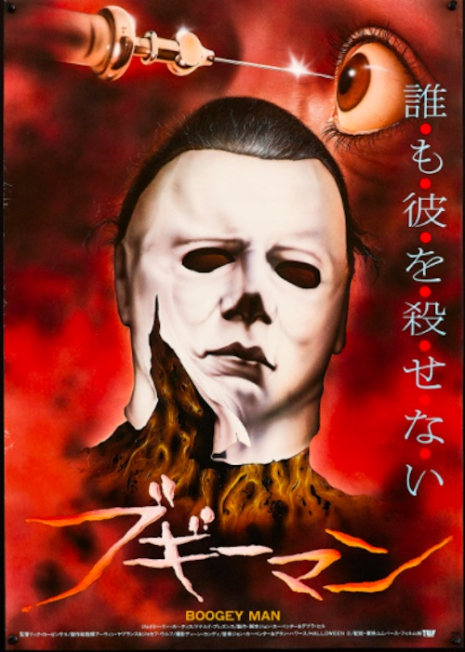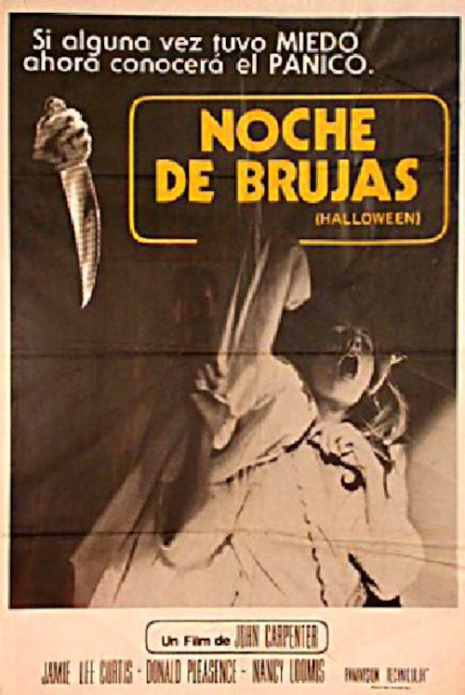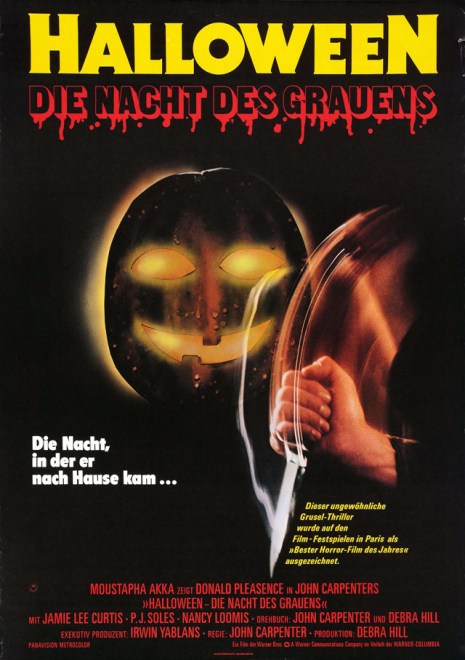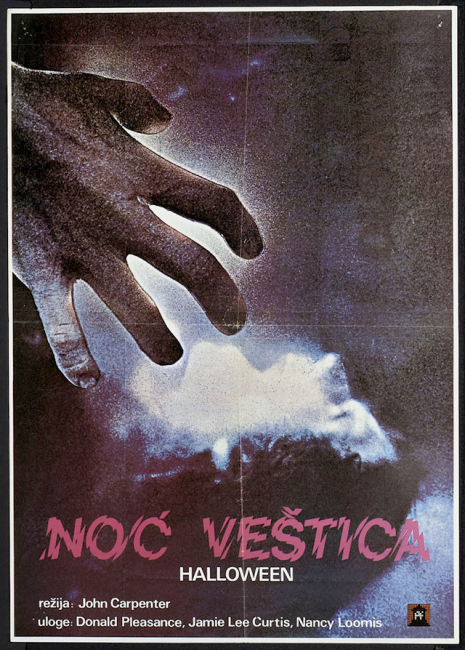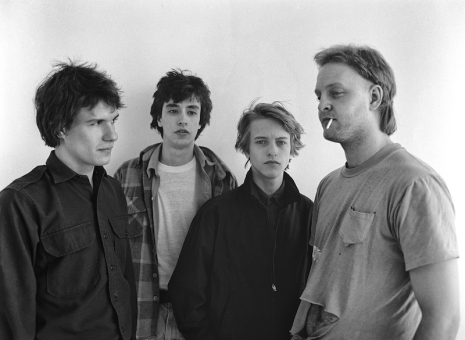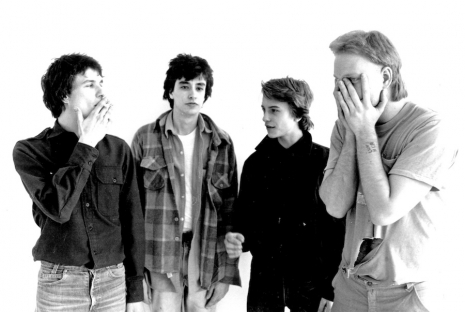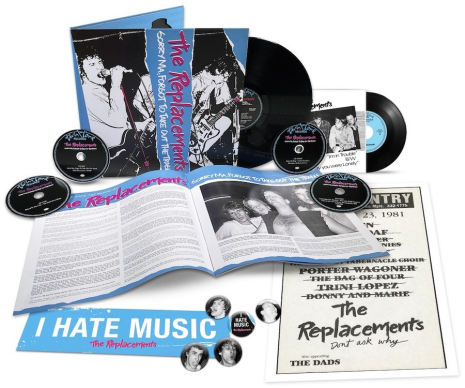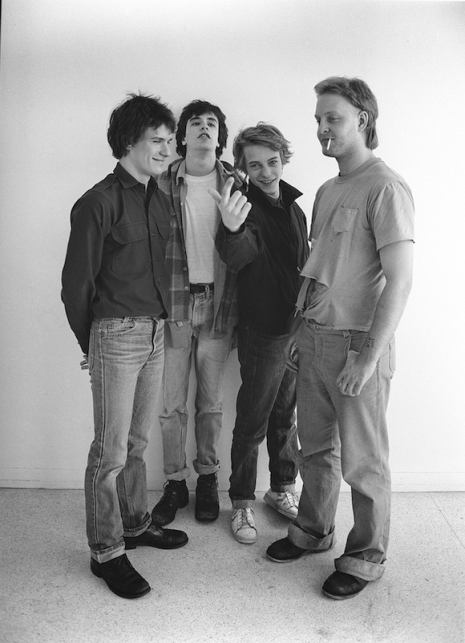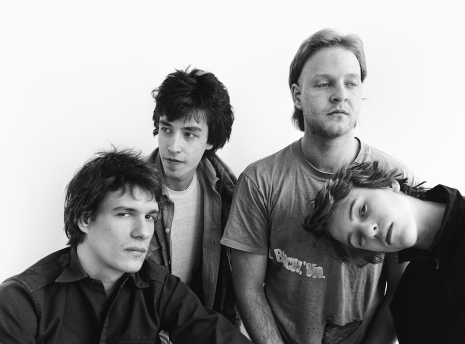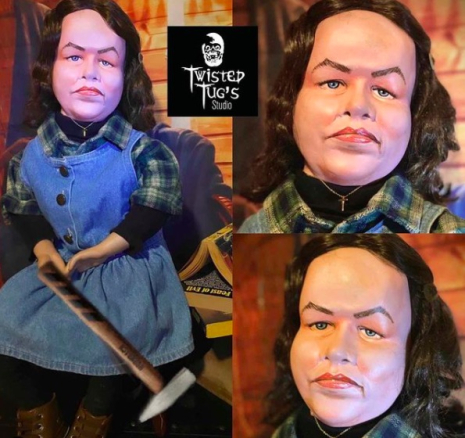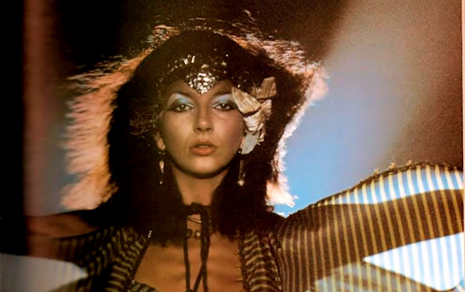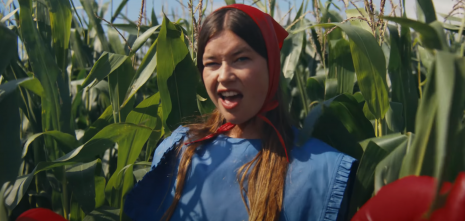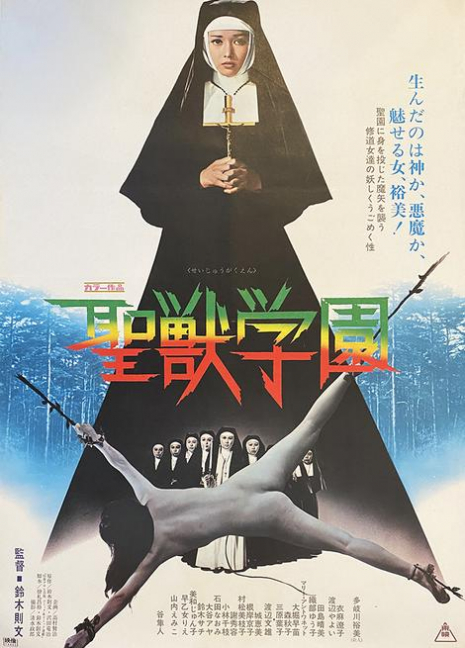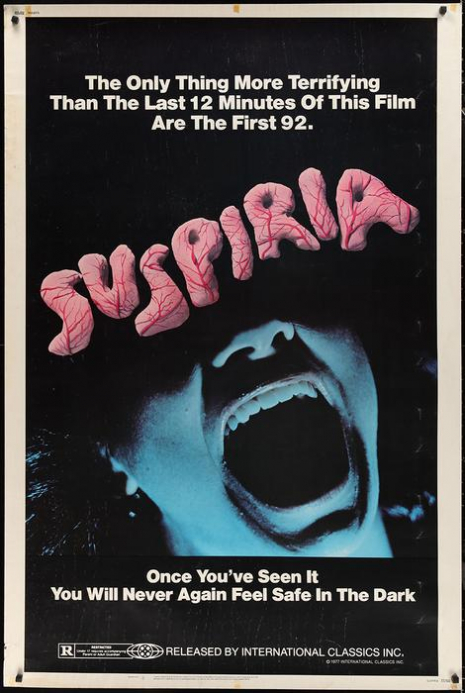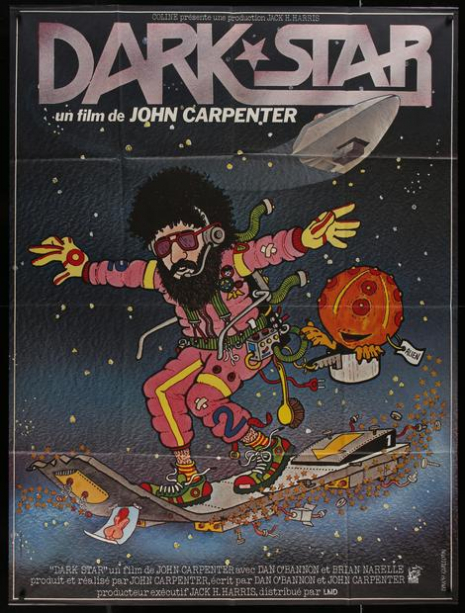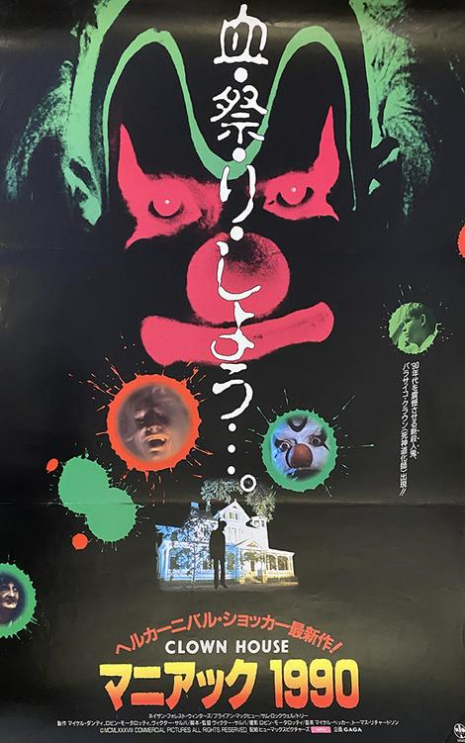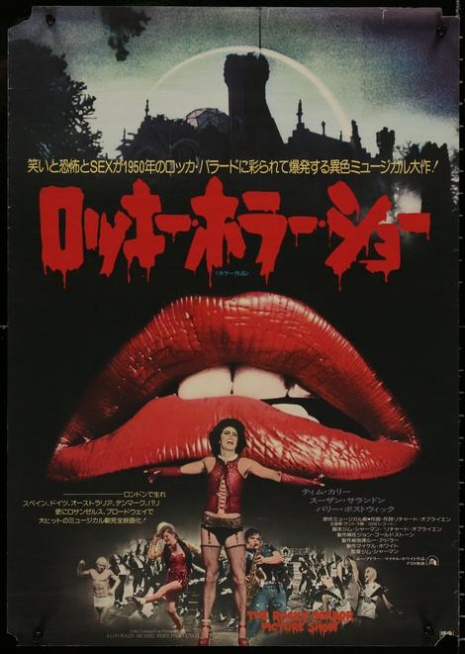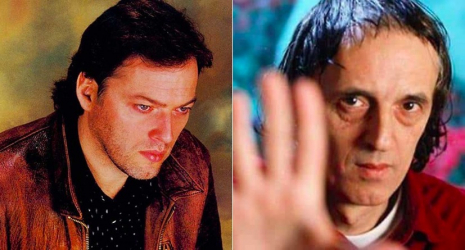
When I recently wrote about being an analog vinyl snob, I made mention several times in that essay of Tom Port, the proprietor of Better Records. Port claims that the copies he sells of classic albums sound better—much better—than others. He calls them “Hot Stampers” and he sells them to a well-heeled audiophile audience who can afford to spend $500 on, say, the perfect copy of Aqualung. But when I wrote of the Hot Stamper notion, I was not writing from firsthand experience, but because Port’s offerings at Better Records was conceptually an easy thing for the reader to grok. Once the concept of doing a shootout between dozens of copies of the same album to find the best sounding one is understood, the rest of what I was banging on about came into sharper focus.
After he read Extreme Record Collecting: Confessions of an Analog Vinyl Snob, which was crossposted at Robert Brook’s The Broken Record blog, Tom got in touch through Robert and offered to send me a Hot Stamper of Steely Dan’s Aja that had a scratch rendering it unsaleable so that I could see just how much better his Hot Stampers were compared to an average, run of the mill copy of Aja.
Aja was a particularly fortuitous selection, not just because it’s considered by many to be the best sounding album of all time, but because I once had the good fortune to take a tour of the legendary Village Recorder studios in Los Angeles which culminated in getting to listen to the first side of Aja made from a dub of the master tape in the studio it was mixed in, on the very same speakers! Imagine that, right? I still have a strong sense memory of it and with an experience like that under my belt, there was probably no better test of the Hot Stamper concept that he could have sent me.
The record arrived two days later, packaged far better than anything that I have ever been sent by a Discogs dealer. I was excited to get it, I must say. I really wanted to hear an “official” Hot Stamper. This was going to be fun.
So I got super baked and put the record on. The outer groove was dead quiet and clearly it had been properly cleaned. (Pay attention to that subject below, it’s very, very important.) In the second or two before the music started, I wondered how much confirmation bias might be present when someone has spent $500 on a single record album. I imagined that they probably would be more inclined to agree that they possessed one of the world’s very best copies of album X for the simple reason that… it cost a lot more? Of course I hadn’t paid a small fortune for this album, and so I wasn’t quite invested in that way, but I still really wanted for it to sound good. I didn’t want to be disappointed.
When the music began, well, these sorts of thought immediately flew out the window. This record was clearly superior to any Aja on vinyl or CD that I have ever heard BY FAR and I realize that to many of you reading this what I am about to write next might seem pretty daft, but about a minute or two in, the thought occurred to me that this Aja Hot Stamper actually sounded better to me than the dub made from the master tape that I heard at Village Recorders. Yeah it sounded that fucking good, it really did. And if you know how painstakingly edited together that album was, you wouldn’t necessarily expect it to soundstage like a motherfucker either, but it sounded like the Dan were in the room playing live right in front of me. I was truly blown away. Rest assured that if I had paid $299 for this album, it would have been money well spent (although my wife might not see it the same way!)
I asked Tom Port some questions via email.
What is a Hot Stamper? Please define the term and how this concept first occurred to you. Can I presume that it was a slow process and that it dawned on you gradually?
Tom Port: The easiest and shortest version of the answer would be something like “Hot Stampers are pressings that sound dramatically better than the average pressing of a given album.”
My good friend Robert Pincus coined the term more than thirty years ago. We were both fans of the second Blood, Sweat and Tears album, a record that normally does not sound very good, and when he would find a great sounding copy of an album like B,S &T, he would sell it to me as a Hot Stamper so that I could hear a favorite album sound its best. Even back then we knew there were a lot of different stampers for that record—it sold millions of copies and was Number One for 15 weeks in 1969—but there was one set of stampers we had discovered that seemed to be head and shoulders better than all the others. Side one was 1AA and side two was IAJ. Nothing we played could beat a copy of the record with those stampers.
After we’d found more and more 1AA/ IAJ copies—I have a picture on the blog of more than 40 all laid out on the floor—it became obvious that some copies with the right stampers sounded better than other copies with those stampers. We realized that a Hot Stamper not only had to have the right numbers in the dead wax, but it had to have been pressed properly on good vinyl. All of which meant that you actually had to play each copy of the record in order to know how good it sounded. There were no shortcuts. There were no rules of thumb. Every copy was unique and there was no way around that painfully inconvenient fact.
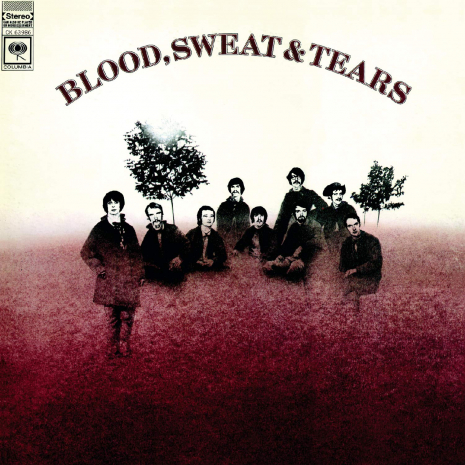
For the next thirty years we were constantly innovating in order to improve our record testing. We went through hundreds of refinements, coming up with better equipment, better tweaks and room treatments, better cleaning technologies and fluids, better testing protocols, better anything and everything that would bring out the best sound in our records. Our one goal was to make the critical evaluation of multiple copies of the same album as accurate as possible. Whatever system our customer might use to play our record—tubes or transistors, big speakers or small, screens or dynamic drivers—our pressing would be so much better in every way that no matter the system, the Hot Stamper he bought from us would have sound that was dramatically superior to anything he had ever heard.
It was indeed a slow process, and a frustrating one. Lots of technological advancements were needed in order to make our Hot Stamper shootouts repeatable, practical and scalable, and those advancements took decades to come about. When I got started in audio in the ‘70s, there were no stand-alone phono stages, or modern cabling and power cords, or vibration controlling platforms for turntables and equipment. No tonearms with extremely delicate adjustments. No modern record cleaning machines and fluids. Not much in the way of innovative room treatments. A lot of things had to change in order for us to reproduce records at the level we needed to, and we pursued every one of them as far as money and time allowed.
Our first official Hot Stamper offering came along in 2004. We had a killer British pressing of Cat Stevens’ Teaser and the Firecat which we had awarded our highest grade, the equivalent of A+. Having done the shootout, I wrote up the review myself. At the end I said, “Five hundred dollars is a lot for one record, but having played it head to head against a dozen others, I can tell you that this copy is superior to every copy I have ever heard. It’s absolutely worth every penny of the five hundred bucks we are charging for it. If no one wants to pay that, fine, no problem, I will put the record in my own collection and thrill to its amazing sound for the rest of my life.”
As you can imagine, it sold immediately. That told us that the demand was there. To provide the supply, we eventually ended up needing about eight of us working in concert. It takes a crew of people to find a big batch of vintage LPs of the same title, clean them, do the Hot Stamper shootout, then check the playing surfaces on each side from start to finish, and finally describe the sound of each individual record on the website to the best of our ability.
We like to tell our customers exactly how to go about finding their own Hot Stampers, how to clean them, how to do shootouts with scientific rigor, but honestly, if you do it right it’s just a crazy amount of work. However, since it’s the only proven way to find the best sounding records in the world, to us we think it’s worth it.
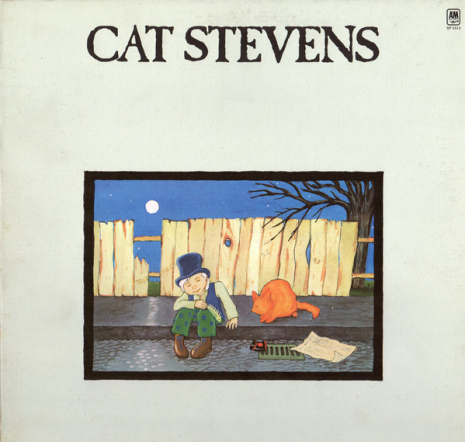
Obviously the concept is controversial—to say the least—among record collectors. I’ve noticed an attitude on the Steve Hoffman Forum and elsewhere towards the hot stamper notion where someone almost takes offense, as if it suggests their records are somehow inferior. Any kind of audiophilia brings out the folks who say “I can’t hear it”—never a winning argument to begin with—and accusations of snobbery and snake oil. Was there a lot of pushback when you first started?
There has always been a lot of pushback and the pushback continues to this day, easily found on any audiophile forum you care to name. The psychology behind it is pretty well documented by now. I have read a dozen books about the cognitive biases that feed into confirming that whatever you want to believe is actually true, and written scores of commentaries connecting these ideas to a better way to pursue audio.
All of our work is entirely evidence based. Pressings that sound better than other pressings do not need to be explained. They simply do sound better, and rarely does it take a pair of golden ears to hear the difference.
But it does take a good stereo, and I talk about this issue a great deal as well. Even as recently as the early 2000s, I could easily name dozens of Heavy Vinyl pressings that I very much liked the sound of. Embarrassing as they are, I made a point to keep the old catalogs from those days. They are full of positive reviews for the Heavy Vinyl titles I was recommending at the time. They are undeniable proof of what I really believed back then. Of how mistaken I was. And I had already been in audio for twenty five years by then! After this last twenty years of working on my system and the hundreds of changes it has gone through, I would be very surprised if I could sit through one out of ten of those records now. Their shortcomings have become much too obvious to be ignored.
But… for the first time in a very long time, I actually played two outstanding Heavy Vinyl pressings just this year—the Led Zeppelin II from 2014 and the Chris Bellman cutting of Brothers in Arms, also from 2014. They went head to head against my best White Hot Stamper Shootout Winning pressings. Unlike almost all the other Heavy Vinyl records I have played over the last five to ten years, especially everything Half-Speed Mastered, both of these records sounded, gulp!, very much like good originals. in the case of Zep II, the uptake of my review would be that you simply cannot buy any version of this record outside of a Robert Ludwig original that will be able to hold a candle to the new recut. Yes, it’s that good. Brothers in Arms you can beat, but you have to work at it, and unless it is a favorite album of yours, why would you bother? The new one is probably good enough.
Even more surprising to most anyone reading this interview is the fact that I am happy to be proven wrong about Jimmy Page’s remastering project. I actually have a section on the blog for records we got wrong, with 80 entries to date. Who else points out to the world the records he was wrong about? No record dealer or record reviewer I am familiar with. But being wrong today simply means that I’ve learned something I hadn’t known before, and learning about records is what I’ve been doing for more than fifty years. And for the last 34 of those I’ve done it for a living, five days a week with plenty of weekends thrown in for good measure.
I hated what Page did to the sound of the first album in the Zep series, but I love the sound of the second album. Which just goes to show that records should not be judged by any process other than playing them. We endlessly talk about that subject on the blog. It’s a long-dead horse we just can’t seem to stop beating. Here is a sample:
We talk a lot on our site about the need for basing your audio—whether it be equipment, records, tweaks, cleaning methods or anything else associated with the hobby—on evidence.
In other words, don’t believe what you read, believe what you hear. Don’t take anything on faith, test it with your own two ears and record the data.
The only way to understand this Hot Stamper thing is to hear it for yourself, and that means having multiple copies of your favorite albums, cleaning them all up and shooting them all out on a good stereo. Nobody, but nobody, who takes the time to perform this little exercise can fail to hear exactly what we are talking about when we say no two records sound the same.
Or you can join the other 99% of the audiophiles in the world. They’re the ones who don’t know anything about pressing variations on records. Some very large percentage of that group also doesn’t want to know about any such pressing variations and will happily supply you with all sorts of specious reasoning as to why such variations can’t really amount to much—this without ever doing a single shootout!.
Such is the world of audiophiles. Some audiophiles believe in anything—you know the kind—and some audiophiles believe in nothing, not even what their own two ears are telling them.
But shooting out multiple pressings of records is work, more often than not hard and frustrating work. You can’t do that kind of work and type on a keyboard at the same time. It’s not about sitting at a computer and opining. It’s about sitting in a listening chair and gathering evidence that either confirms or disconfirms the opinions you held. If you haven’t done the work, you shouldn’t have much to say about the subject until after you have done the work. You can’t really talk about the results of an experiment you haven’t run, can you?
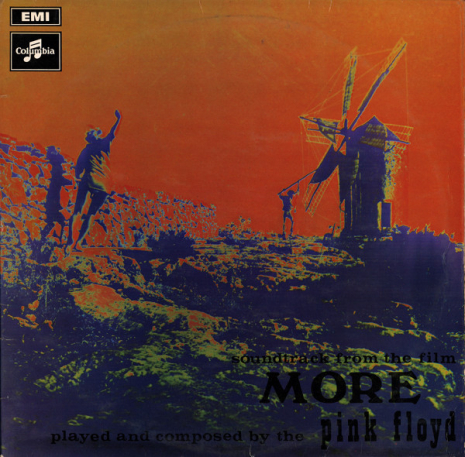
Where do you source your records from?
Local stores, eBay and Discogs are our main sources for records.
Isn’t ordering them from Discogs cheating?
It’s not cheating, it is in fact one of the best ways we know of to get exactly the pressing we are interested in. It’s difficult because many records are listed incorrectly, and most are graded too generously, and usually only visually. But finding a Pink Floyd import with the right stampers is not going to happen locally. That can only be done over the web.The mistake sellers make about us is that they think we buy the record from them and if it doesn’t have the Hot Stamper sound we’re looking for, we return it. That has never happened. Most records do not go into shootouts until many months after we buy them, sometimes years. The only thing we check is that the surfaces are passable and there is no groove distortion. Other than that, we won’t know how good the record sounds until it gets cleaned and played in a shootout. Many of our top dollar titles only get put into shootouts once every one or two years. Any Mingus record would work that way. How many years does it take to find four or five nice copies of Ah Um? Three to five years would be my guess. And we cannot afford to hurry up the process by spending more time looking for clean original pressings. They just don’t come up for sale all that often.
Continues after the jump…
